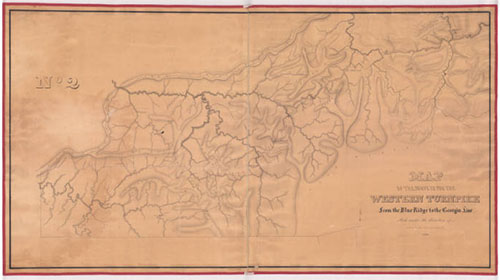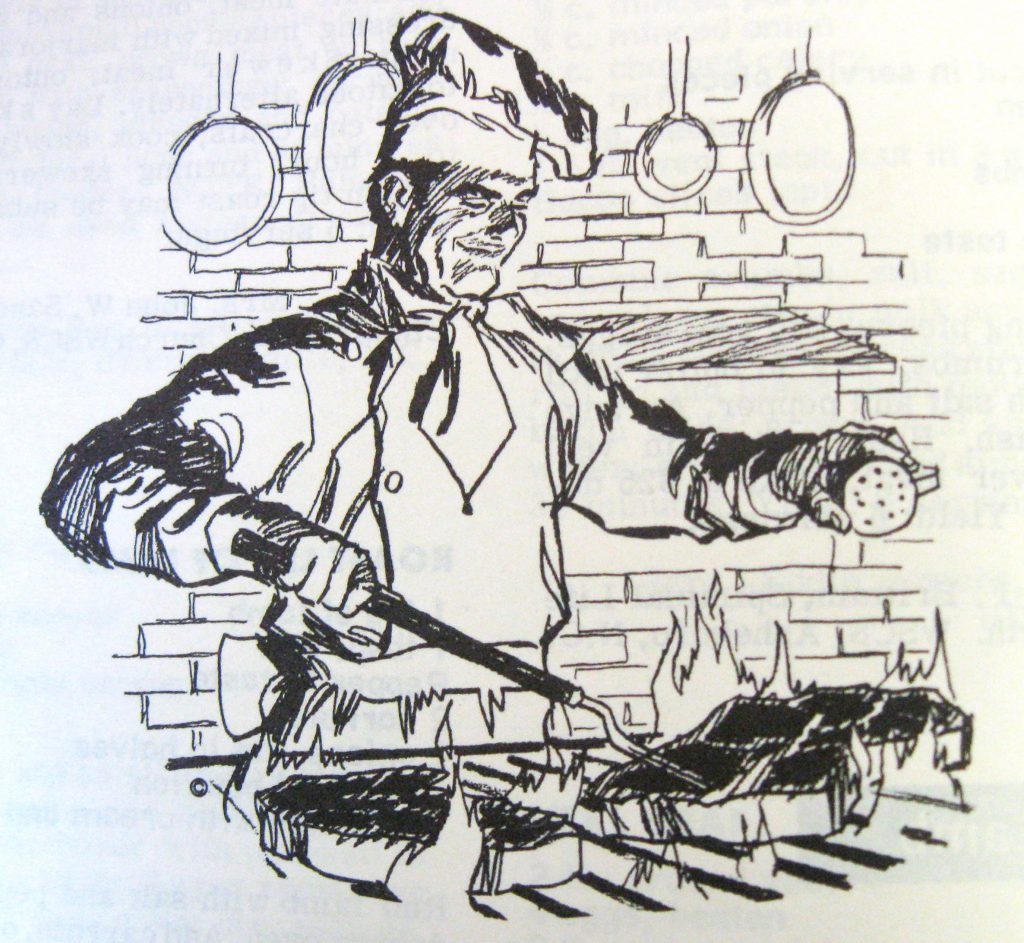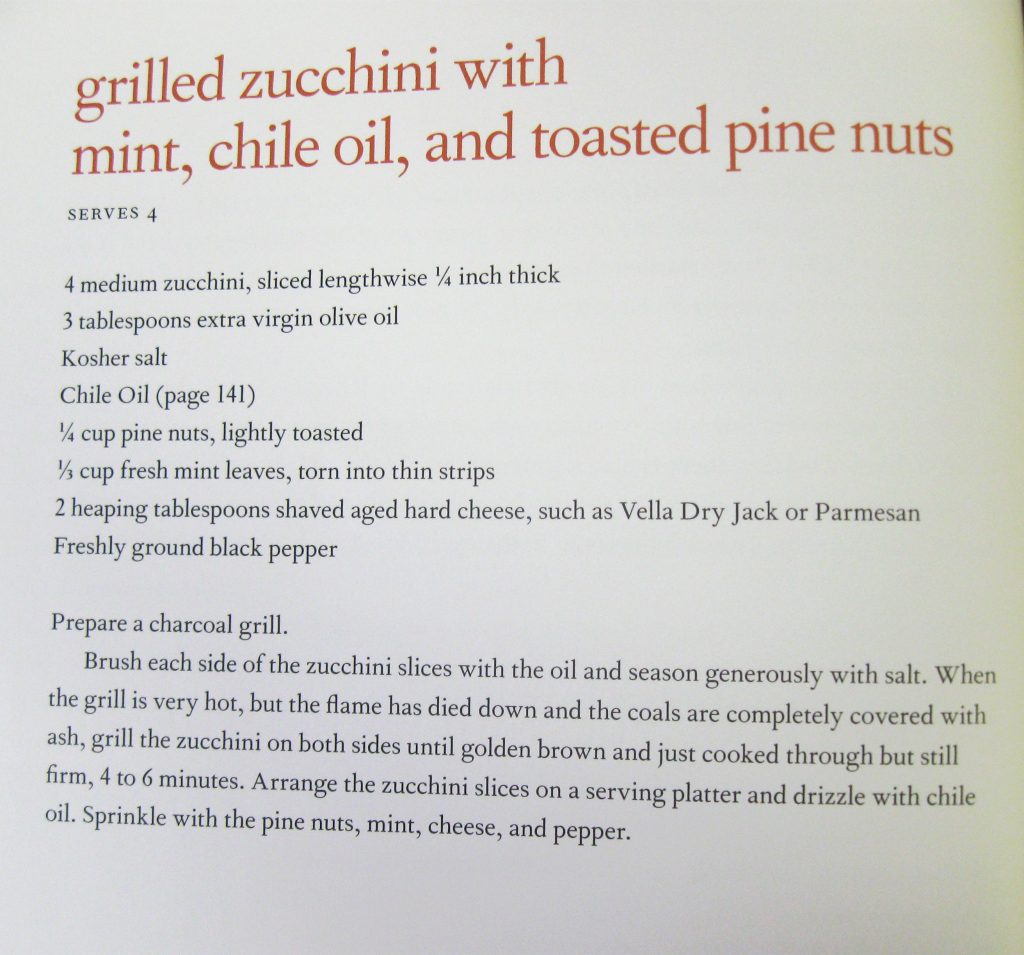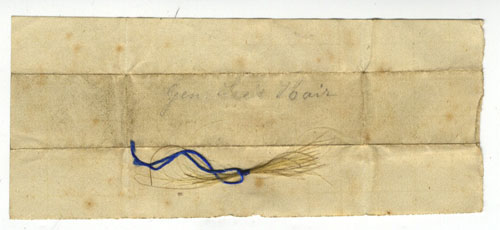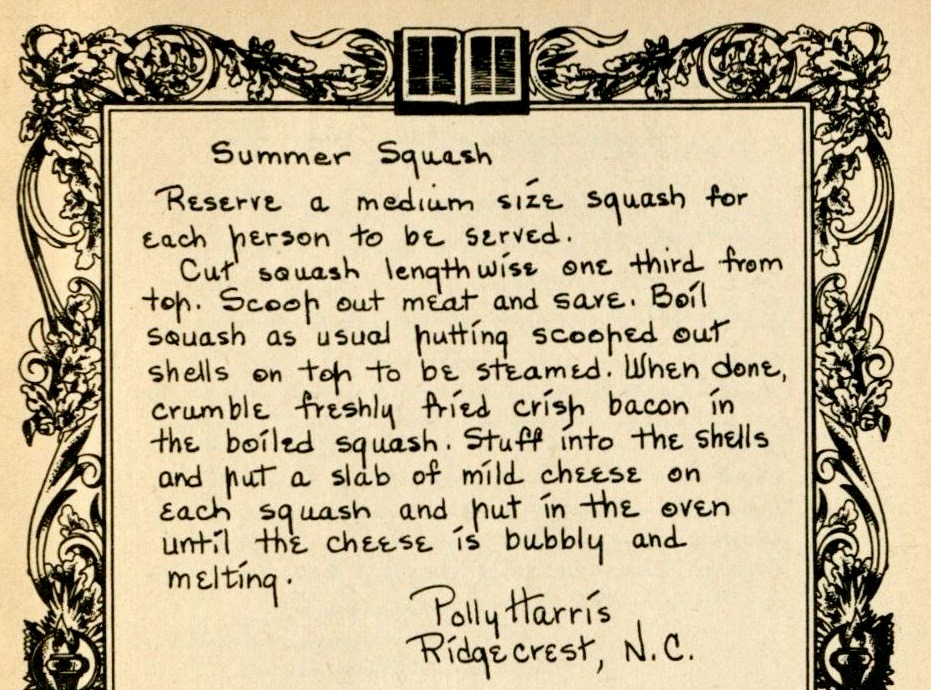
As droves of Tar Heels take to the road this summer in search of cool North Carolina mountain air, we are thinking about what this trip would have been like 150 years ago. As it turns out, it would have likely meant traveling on a plank road. Think of a plank road as a wooden highway for wagons and coaches. In the mid 1800s, North Carolina had a proliferation of plank road building.
One of these roads was the Western Turnpike, which North Carolina state legislators first discussed during their 1848 and 1849 session. In its original plan, it was to be a toll collecting plank road beginning in Salisbury moving westward to the Georgia state line. Two survey maps, drawn by state engineer S. Moylan Fox in 1850, depict the route from Salisbury to the Blue Ridge and the Blue Ridge to the Georgia state line. The state comptroller reports payment to Fox for his survey work in the December 12, 1849 issue of The North-Carolina Standard.
Construction of the Western Turnpike began in Asheville in 1850. In the same year, it connected with the Buncombe Turnpike. The Buncombe Turnpike, a dirt road completed in 1828, moved northwest from South Carolina, through Asheville, and into Tennessee. It had been key in opening up the region commercially, facilitating the arrival of tourists and allowing for agricultural trade.
Political squabbles plagued the Western Turnpike plan. Finally, during the 1854 and 1855 term, legislators abolished plans for the Salisbury to Asheville segment of the route. The Western Turnpike’s starting point would be Asheville, where it moved westward through the remote mountain towns of Waynesville, Bryson, Franklin, Jarretts, Welch’s Town and Murphy.
The Western North Carolina Railroad Company took the next big step in conquering the resource rich yet difficult terrain of the western most part of the state. The railroad completed service to Murphy in 1891 with the Murphy Branch line. The February 20, 1890 issue of Asheville’s The Daily Citizen records the railroad’s progress in blasting and grading its way west.
